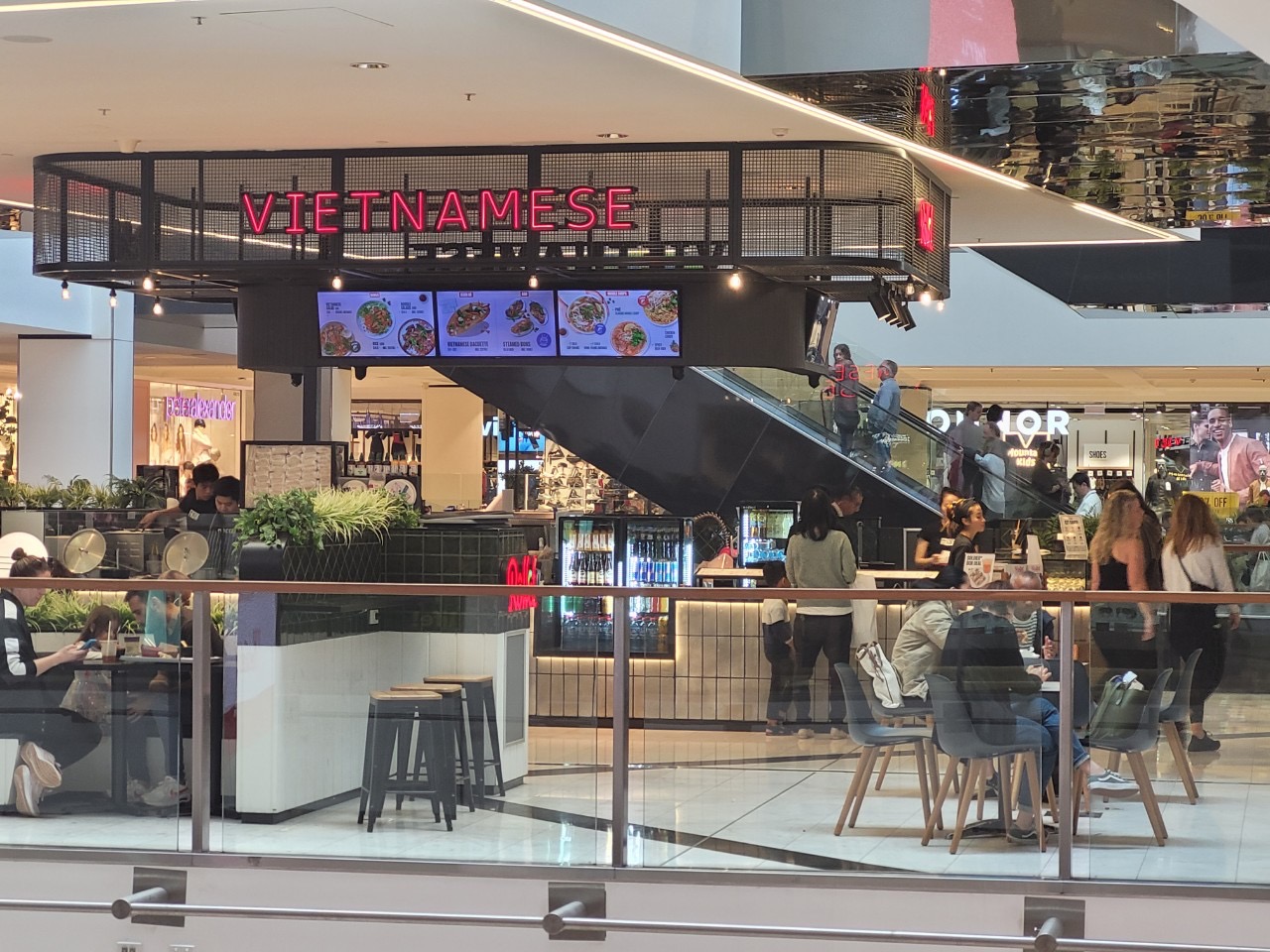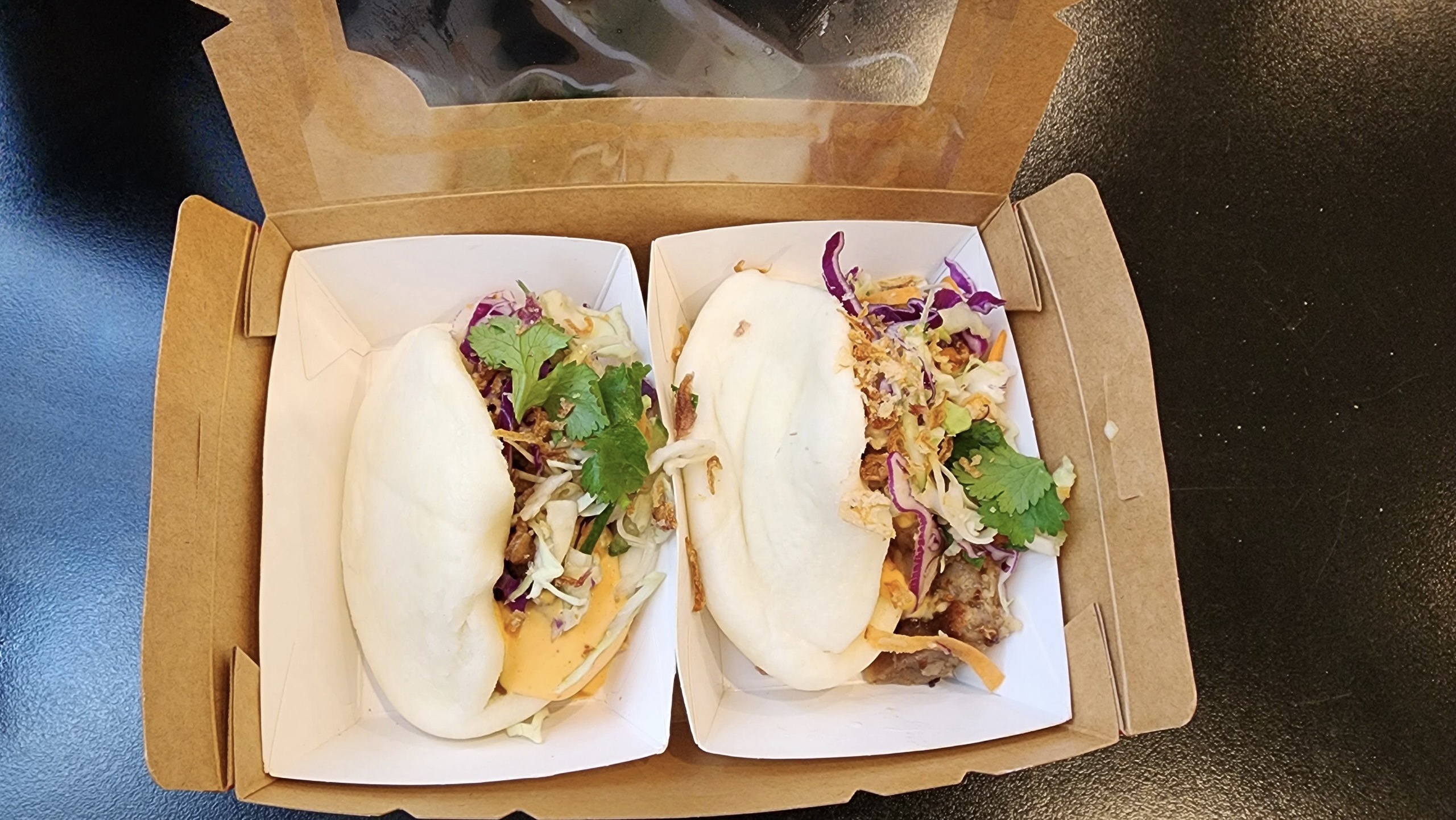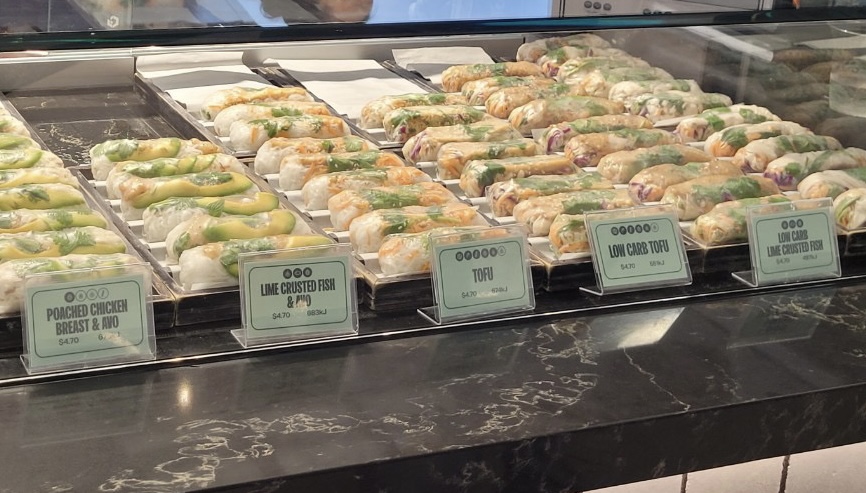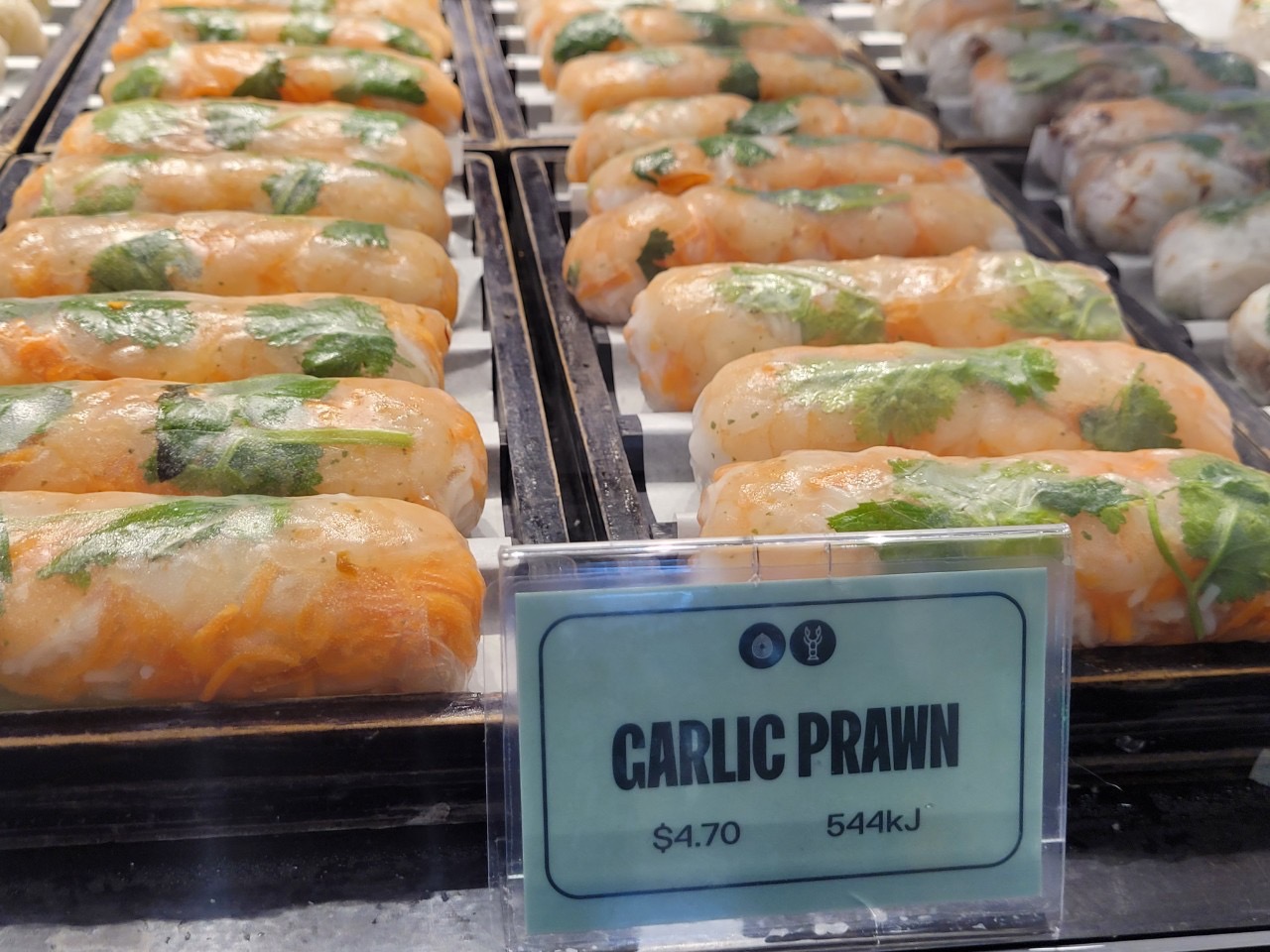For decades, Vietnamese food has been one of the most popular options for consumers across Australia.
Vietnamese communities in Australia have grown significantly, and now stand as a prominent part of the Australian culture and food scene. But local variations have seen it move away from the food we are familiar with in Vietnam and new food varieties are now part of the 'Vietnamese Dining Experience' in Australia.
As someone who has lived in Vietnam for over a decade, I've grown accustomed to the intense flavors and fragrant aromas of authentic Vietnamese cuisine. A constant memory for tourists and expats is the unique experience of eating the best food possible on streets and in restaurants across Vietnam.
However, during a recent trip to Australia, I discovered that Vietnamese food can take on strikingly different forms when transported abroad. With a hint of the tradition, it has taken on a new form and new direction, whilst maintaining some of the traditional forms that are an icon of Vietnamese culture.
While exploring a bustling food hall in downtown Sydney, I was immediately drawn to a stall boasting 'Vietnamese' in bright red neon lights. Hoping for a taste of the familiar, I eagerly approached visions of traditional icons of my Ho Chi Minh City neighborhood, like phở and flavor-packed bún bò Huế dancing in my head.

To my surprise, the food on sale had little resemblance to the iconic noodle soups and rice dishes I've come to love.
Instead of aromatic broths and fresh herbs, I was presented with an array of soft bread buns stuffed with meat like duck, pork, and chicken. These creations were labeled 'bao bun.'
While the bun aspect displayed a likeness to the classic Ho Chi Minh City street food, the fillings and Western-style assembly-line preparation were entirely foreign concepts. Around eight different varieties were offered on the menu, each looking more baffling than the next.
My mind turned to simple food from other Eastern Asian places like Taiwan as I quickly realized that I have never eaten or seen this food in Vietnam.
Intrigued despite my confusion, I ordered one bao bun with duck, while my wife opted for pork. The buns arrived warm in a cardboard box, their very Western presentation just adding more confusion and uncertainty about their Vietnamese authenticity to me.

One bite in and my confidence grew that this was not 'real' Vietnamese food. The filling was alarmingly bland, lacking the vibrant and familiar flavors that define the country's cuisine. Just a few shavings of vegetables and meat in a basic sauce, barely enough to consider it a proper meal.
Other foods on the menu rolled along a similar idea to these bao bun-type snacks. Fresh spring rolls 'goi cuon' and pork rolls 'banh mi thit' were sold on the menu. Both of these items had a very familiar appearance but the flavors and variations were very original and gave hungry customers many choices as to meat, seafood, and vegetarian options.

And it was this observation that took me deeper into Vietnamese cuisine. It was interesting to note that the Vietnamese influence originated from home cooking and a second-generation immigrant to Australia, who took his mother's local food and turned it into an on-the-go meal for busy office workers and shoppers across the country. Whilst reflecting the Vietnamese styles, the new food offered a new style with a slightly different taste.
In my adventures around Sydney and Melbourne, I noticed many other Vietnamese food outlets offering similarly reinvented Vietnamese dishes like pies, bread rolls, and hot handheld items likely to have been invented to suit the Australian palate and climate.
While innovative, these creations felt like they were not quite the real thing when compared to my familiar daily food choices in Ho Chi Minh City. However, the enjoyment from eating some of these, especially the meat pies, suggests that maybe there is an opportunity to widen the scope of food back in Vietnam.
This observation rang true across Sydney and other Australian cities I visited. Foreign cuisines compete to appeal to local tastes, often resulting in inauthentic versions sold under the flag of the homeland's traditional food. Vietnamese food was no exception, with its bold flavors being toned down to appeal to a broader market.
To be fair, some aspects remained, like the use of fresh herbs and vegetables. And surely, a level of adaptation is necessary for any ethnic cuisine to gain popularity abroad. Still, I couldn't drop the feeling of disappointment at how far these 'Vietnamese' offerings had changed.
All was not lost, however. Amidst the sea of food options, I discovered a handful of eateries committed to recreating Vietnam's culinary heritage using authentic recipes and ingredients imported straight from local markets. Vietnamese-run venues offered a welcomed familiar taste of the genuine dishes seen across Vietnam.
There, I was able to indulge in the very phở, bún bò, bánh mì, and cơm tấm plates I'd been craving – lovingly prepared by cooks, mostly Vietnamese expats, who understood the harmony of sweet, sour, salty, and herbal ingredients, all making the true taste of Vietnam. Sharing these comforting flavors with my Sydney-based family became the highlight of the trip.
While Vietnamese cuisine inevitably evolves as it spreads across the globe, adapting to new landscapes and palates, a part of me hopes the heart of the original flavors and styles never gets entirely lost in translation.
After all, those aromas and taste sensations are more than just another ethnic food trend – they're an integral piece of Vietnam's rich cultural identity.
So for now, I look at all the variations and enjoy them for their uniqueness. And who knows? Perhaps some of those ambitious Australian-Vietnamese variations and creations based on traditional dishes I encountered could even find an appreciative audience in the rapidly developing food scene of Ho Chi Minh City.
In this era of growing appreciation of all foods in Vietnam, anything is possible.
Like us on Facebook or follow us on Twitter to get the latest news about Vietnam!














































